Lock-picking 101 with the Delta Force
- By George Hand
Share This Article
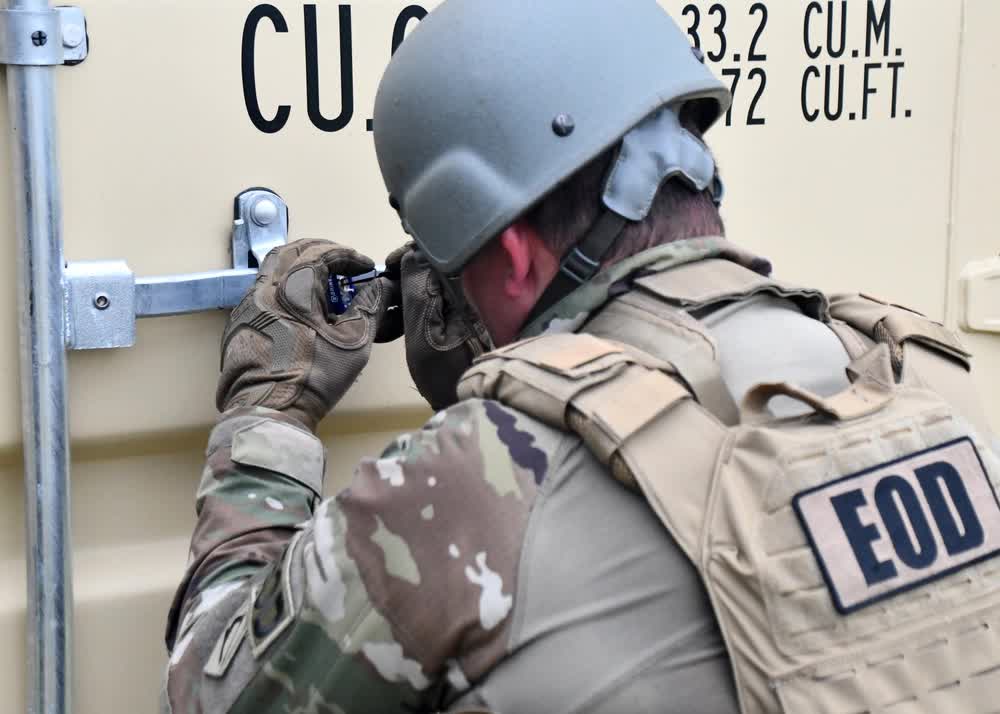
The combat actions in Mogadishu, Somalia were horrendous and nightmarish without a shred of doubt, but the months following the deployment to East Africa proved to be… well, somewhat cush and enjoyable. The reason for that was that the fight in Mogadishu interrupted our 18-month training cycle back home, causing the cancellation of already planned training. There was a scramble to fill voids in training to keep up the men’s skills – the world still turned despite the horror – and “fun” trips were easier to lay on at short notice than training that sucked.
One of these trips was scheduled for the men who were Combat Diver qualified – but as Combat Divers were far and few between in the Unit that meant only eight men. We eight faced a diver’s dream vacation to Key West, FL for a week of reef and recreational diving. We used the charter boat service of one of the well-known dive committee sergeants and his “after-hours” business – buddies helping buddies, I reckon.
Another very popular deployment was to a lock-picking course held in Fort Lauderdale, Florida. That was a dream vacation that was almost un-defensible to the command, and yet it happened. A typical day of lock-picking instruction concluded by 1400hrs, followed by afternoons and evenings of free time… in Fort Lauderdale!
One evening in our hotel’s lounge featured a lingerie model who paraded around the lounge in “sexy” underwear hoping to sell the wear to the men for their wives or girlfriends. But then, an interview with a Ranger officer who had just come from Somalia, like the rest of us, drew us all to the TV.
The interview of the officer was all about the fiasco in Mogadishu where five of our Delta brothers had been killed and many wounded. We crowded around the TV in the lounge, glued to the interview and totally oblivious to anything else taking place around us, much to the frustration of the lingerie model. She paraded back and forth behind us and finally threw her arms in the air and declared loudly: “Aww… COME On, guys – really – Larry King??”
I glanced her way to discover she was pretty, as well as pretty ticked that Larry King was stealing her thunder. One of the guys informed her that our group had just come from the city, and of all things she joined us in watching the interview in sexy lingerie. After the show, she exclaimed: “Oh, my God, that is so tragic.” I was taken aback that any of the news had even registered with her.
Related: Cold winds and cloudy skies: Delta Force cold-weather operations
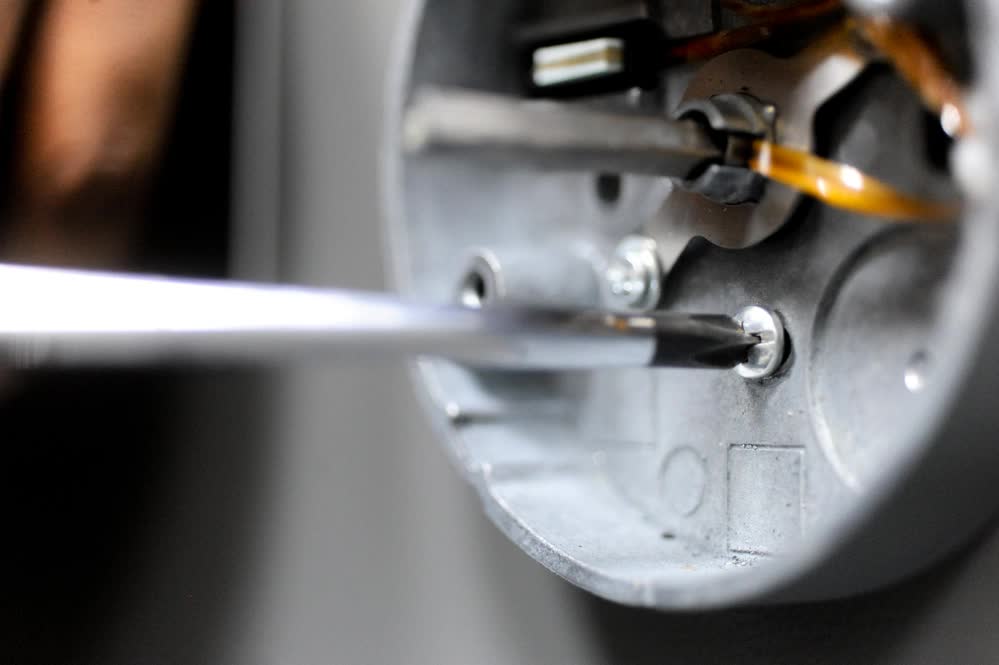
At lock-picking school, we busied ourselves with mechanical locks and lock theory. The table we all sat around was strewn with modern locks of every sort. One dinosaur of a lock was featured just to add some pedigree to our knowledge base. It was of type warded or wafer lock, and it was rather easy to throw open.
I watched my buddy, Bart, who sat opposite of me at our table. He looked at the lock in his one hand, looked at the pick tool called a “straight knife” and put it in the keyway at which point the lock threw itself open with a crisp snap. He slowly looked up at me and exclaimed: “George, I’m suddenly very worried about my motorcycle back home.”
Such a classic moment it was. We progressed to modern “pin and tumbler” locks that made up the majority of padlocks in the country. We busied ourselves with Schlage and Master padlocks and then the training progressed to mortised door locks and deadbolt locking systems.
Locks were categorized by their degree of difficulty expressed in time needed to pick them. For example, a Master Lock Model 12 was a 15-minute lock, meaning that one could be expected to take roughly 15 minutes to defeat the lock. A particular model of popular Schlage door locks was a 10-minute lock, etc.
We also spent a day on defeating car locks and entering a car, which particularly interested us. Entry of a car door was the first step to “acquiring” a car, and ignition of the engine was the next important step. Most cars these days have locking steering wheels making it even more difficult to steal them. (We did not learn how to attack ignition systems in that training course, but we all attended a second course held in Louisville, KY, that concentrated on ignition bypass maneuvers.)
Gaining entry through a car’s windows was interesting. Aside from the use of a specialized rod designed to get into specific makes and models of cars, you could trip the car lock by using a strip of plastic with a length of string attached to it called a “lemon popper.” This technique – as well as the popular manipulation-with-a-coat-hanger technique – left no sign of entry. It’s all doable, albeit not as simple as it appears on movies and TV. And for clandestine operations, opening a dead bolt is half the battle: you must pick the lock closed as well, otherwise, it is telling that the lock has been picked.
Related: Six tips to mentally prepare for Navy SEAL training
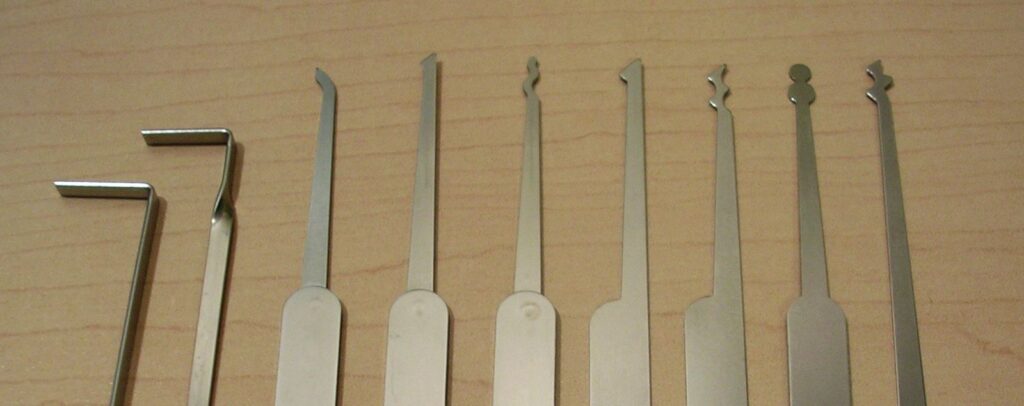
A couple of the guys went to work on their rental car after school hours. Trying to force a gap between the door and the window pane was their primary challenge. They were highly motivated and in the end, they blew out their window which shattered into a thousand glass shards in the driver’s seat and parking lot.
At school the following day, one of the men caught the same two guys walking from their car to the building:
“Hey, man… you left your driver’s window down.”
“Yeah, well it’s down forever, mate; we have to report it yet to Avis.”
The boss had to sign a statement to Avis declaring that the window was broken in the line of duty, and not fueled by malice. I admired the brothers for putting in the extra work after hours. I pined the hours away sitting in bed watching TV and picking pin-and-tumbler locks. As far as the party legacy of Ft. Lauderdale dictates, I was a loser, but a loser who could pick locks.
Following the school, our next deployment was to Hereford, England to train with the Queen’s Special Air Service unit, the SAS. My bud Chill-D and I discovered that the porta-lets the Brits had provided for us just outside the aircraft hangar where we staying all had a small padlock for each of the doors. It was clipped on the inside of the door when not in use.
Chill-D and I sat on the Queen’s throne doing our business, passing the time away by picking those locks. We clipped the locks together in a bundle and after a week or so we had an ungodly mass of padlocks that put one in mind of a softball. It did not go unnoticed by the British lads:
“Alright then mates, it appears that some of you blokes are taking the padlocks from the loos. Please put them back, as we want to continue to enjoy the solid relationship we have with the porta-loo company that we do most of our business with. No hard cheese lads, just return them, right?” And we did so, as Chill-D and I were definitely deathly afraid of hard cheese!
We actually kept up on our lock-picking skills, using them over and over back in the States and abroad; they ended up being the hero of the day in every case. It is a matter of record that I did not ever let any of my Delta-learned skills go to waste.
By Almighty God and with honor,
geo sends
Read more from Sandboxx News
- Hermeus reveals flying prototype in its pursuit of a reusable hypersonic jet
- The Army doesn’t have enough PSYOP soldiers to fight the information war, inspector general says
- What really happened when F-22 Raptors squared off against the Eurofighter Typhoon?
- Built over 150 years ago, the first machine gun is still influential
- Dark Eagle is one of the US military’s most promising hypersonic programs
Related Posts
Sandboxx News Merch
-

‘AirPower’ Classic Hoodie
$46.00 – $48.00 Select options This product has multiple variants. The options may be chosen on the product page -

‘Sandboxx News’ Trucker Cap
$27.00 Select options This product has multiple variants. The options may be chosen on the product page -

‘Kinetic Diplomacy’ Bumper Sticker (White)
$8.00 Add to cart
George Hand
Master Sergeant US Army (ret) from the 1st Special Forces Operational Detachment-Delta, The Delta Force. In service, he maintained a high level of proficiency in 6 foreign languages. Post military, George worked as a subcontracter for the U.S. Department of Energy (DOE) on the nuclear test site north of Las Vegas Nevada for 16 years. Currently, George works as an Intelligence Analyst and street operative in the fight against human trafficking. A master cabinet-grade woodworker and master photographer, George is a man of diverse interests and broad talents.
Related to: Special Operations
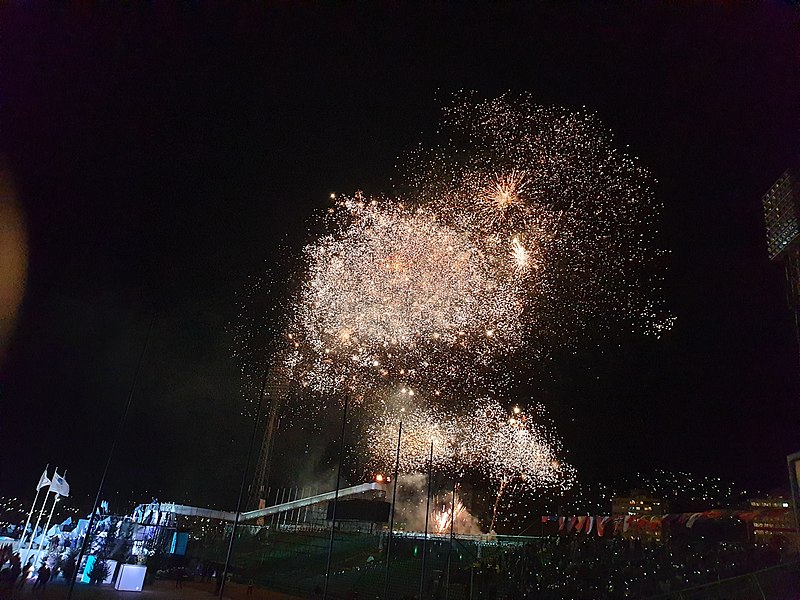
How a Delta Force operator celebrated New Year’s in Bosnia
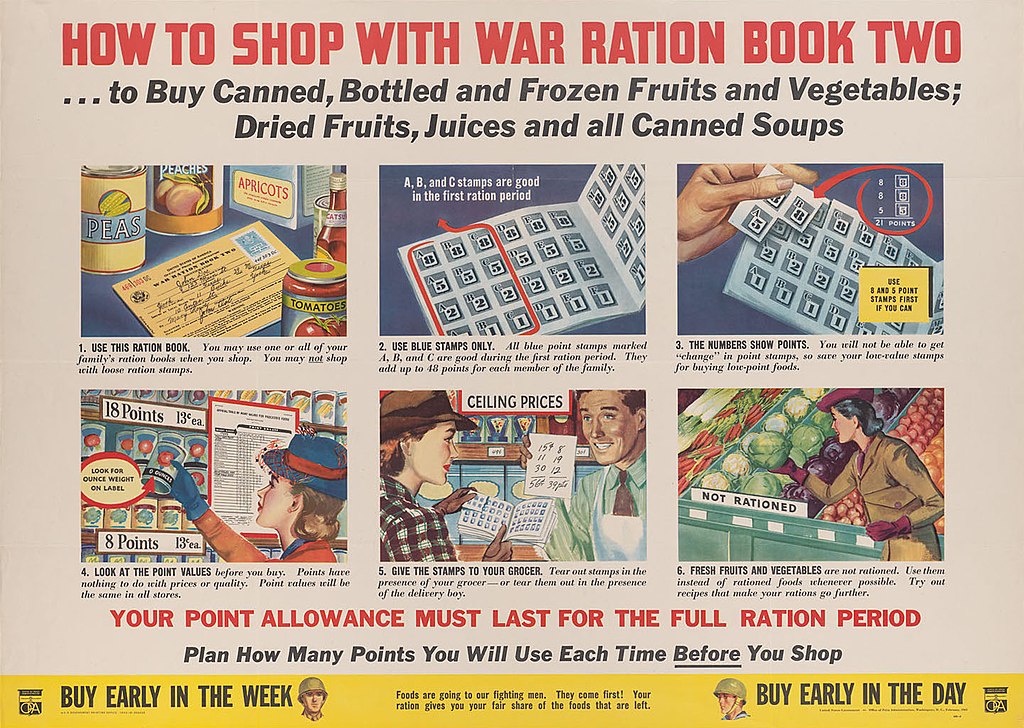
How have American military rations evolved in the last century

New Navy video imagines high-tech warfare in 2043
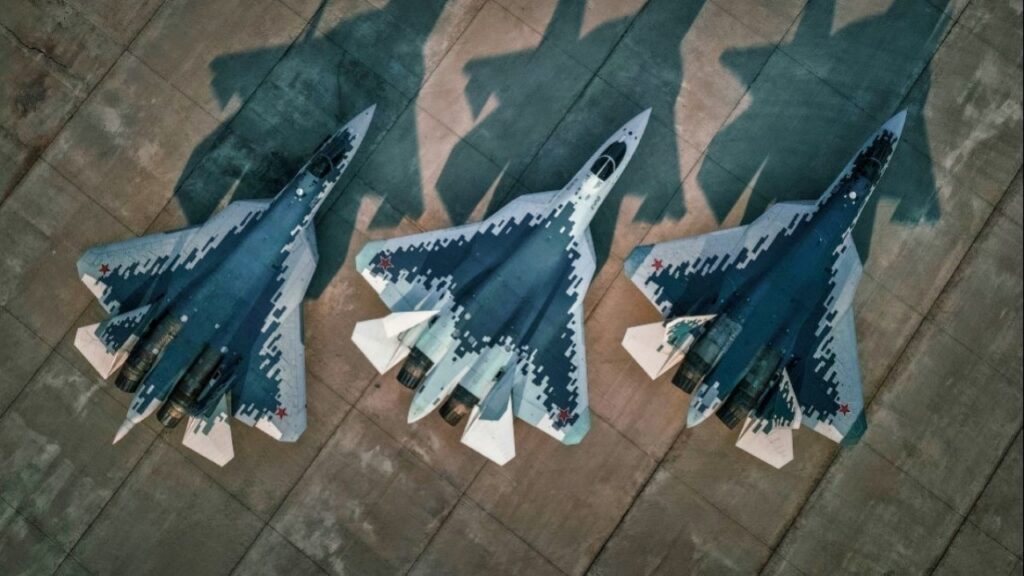
Russia’s Su-57 Felon will never be the F-35 fighter
Sandboxx News
-

‘Sandboxx News’ Trucker Cap
$27.00 Select options This product has multiple variants. The options may be chosen on the product page -

‘AirPower’ Classic Hoodie
$46.00 – $48.00 Select options This product has multiple variants. The options may be chosen on the product page -

‘AirPower’ Golf Rope Hat
$31.00 Select options This product has multiple variants. The options may be chosen on the product page -

‘Sandboxx News’ Dad Hat
$27.00 Select options This product has multiple variants. The options may be chosen on the product page
